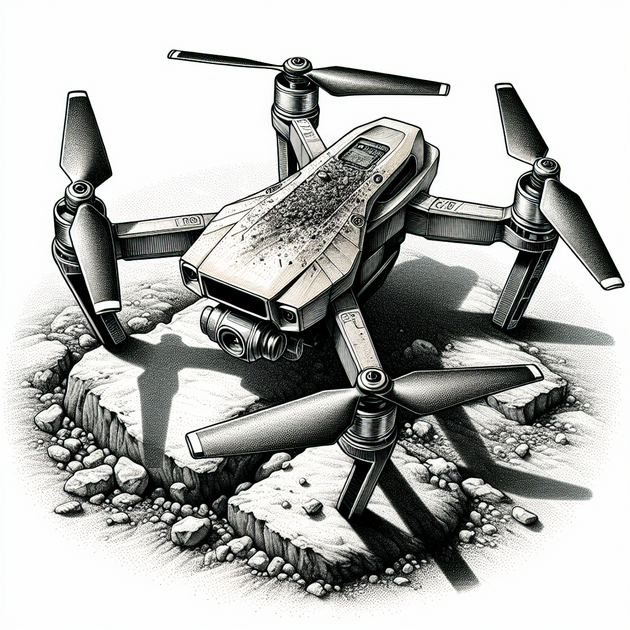What’s the true test of a drone’s durability? For most enthusiasts, it’s not just what’s listed on the spec sheet—it’s how the drone survives real crashes, bad weather, and daily adventures. The O4 and O4 Pro FPV drones have built up quite a reputation, but do they really hold up when pushed to the limit? Let’s break down what keeps these drones flying strong and what to watch out for.
What Impacts O4 Durability?
O4 drones, like any piece of tech, are only as tough as their weakest link. While manufacturers put a lot of thought into design, real life is unpredictable. Several factors play a big role in how durable your O4 drone will be:
- Build Materials: Carbon fiber arms and reinforced frames are less likely to snap on hard landings.
- Flight Habits: Aggressive flying and risky stunts put more stress on the drone.
- Weather Conditions: Rain, wind, and extreme temperatures can wear parts down fast.
- Maintenance: Regular cleaning and part checks make a huge difference in long-term reliability.
- Upgrades & Mods: Swapping in higher-quality parts can help, but sometimes aftermarket mods introduce new failure points.
So while the O4 durability is impressive on paper, pilots have to factor in these real-world elements.
O4 Pro vs. O4: Is There a Difference in Durability?
If you’re weighing the O4 against the O4 Pro, you might be wondering if one is truly tougher than the other. The Pro model typically features improved materials and sometimes better shock absorption in the frame. According to drone reviewers at Tom’s Hardware, these upgrades do translate to better crash resistance.
However, it’s not all about the hardware. The Pro’s added features (like advanced flight controllers or heavier cameras) can actually make it more susceptible to damage if not handled carefully. The takeaway? While the O4 Pro can be sturdier, it’s not invincible—how you fly and maintain it matters most.
Maintaining Drone Durability: Tips from the Field
Keeping your O4 or O4 Pro in top shape doesn’t have to be complicated. A few simple habits can extend your drone’s life far beyond what’s expected:
- Inspect arms, propellers, and landing gear after every flight for cracks or dents.
- Keep electronics dry and dust-free—moisture is a drone’s worst enemy.
- Tighten all screws and connectors regularly to prevent mid-air mishaps.
- Use propeller guards if you’re flying indoors or in tight spaces.
- Consider investing in a good carrying case to avoid accidental drops during transport.
- If you crash, replace damaged parts promptly—flying with compromised components risks more expensive damage later.
For more tips, check out this practical drone maintenance guide from DroneBlog.
A Real-World Crash Story
One FPV pilot shared a story about their first big crash with an O4 Pro. While navigating a narrow forest trail, the drone clipped a branch and tumbled about 10 meters to the ground. The frame took most of the impact, but only a single arm cracked—no major electronics were harmed. A quick swap of the arm and the O4 Pro was flying again in under an hour. If anything, this story highlights that while O4 drones aren’t indestructible, their design makes field repairs easy and affordable.
Is O4 Durability Enough for You?
Drones like the O4 and O4 Pro are built for adventure, but no drone is completely crash-proof. The good news is that with some care and smart flying habits, these models have proven they can withstand plenty of bumps and bruises. Whether you’re flying for fun or capturing epic footage, keeping a regular eye on maintenance goes a long way.
Have you experienced any memorable crashes with your FPV drone? How did your O4 or O4 Pro hold up? Share your stories and tips in the comments below!

Leave a Reply